8 Simple Steps for Growing Beautiful Wisteria
Growing fragrant wisteria requires a balance of patience and knowledge to achieve its full beauty. The cascading blooms not only provide visual interest but also fill the air with their unmistakable scent.
This stunning plant thrives in well-chosen environments, offering elegance to any outdoor space. Wisteria's ability to climb and spread makes it a perfect choice for adding structure and height to your garden.
With proper care, its flowers will return year after year, making it a rewarding investment. Explore these 8 tips to growing fragrant wisteria and watch your garden come to life:
Select A Suitable Location
Finding the right spot for wisteria is essential. Prioritize areas in your garden that bask in sunlight for a minimum of six hours each day.
The soil should not only be rich but also well-drained to support healthy growth. A sun-drenched location will encourage vibrant blooms, making your outdoor space more inviting and lively.
Consider these factors carefully to ensure successful cultivation of this beautiful plant.
Planting Wisteria
Wisteria thrives when planted during early spring or late fall. Start by preparing a hole that’s spacious and deep enough for the plant's root ball.
Once positioned correctly, fill the hole with soil, ensuring you press down firmly to eliminate air pockets. After planting, give it a good watering to help establish its roots in the new environment.
These steps will set you on the path toward enjoying beautiful blooms from your wisteria plants.
Provide Support
Wisteria thrives best with reliable structures to support its growth. Sturdy trellises, pergolas, or arbors are essential for this climbing vine.
Ensure that whatever you choose is securely anchored into the ground or attached firmly to a wall. A well-placed support system not only aids in healthy development but also enhances your garden's aesthetic appeal while allowing these beautiful blooms to flourish effortlessly.
Prioritizing strength and stability will lead to stunning results as your Wisteria climbs gracefully upwards.
Watering And Fertilizing
Watering and fertilizing are crucial for the health of wisteria. After planting, maintaining a consistent watering schedule helps develop strong roots.
Once your plant is well-established, it can withstand dry conditions but still requires attention during prolonged droughts. Early spring marks the ideal time to apply balanced fertilizer, supporting robust growth and vibrant blooms throughout the season.
Keeping an eye on these needs ensures your wisteria thrives beautifully in any garden setting.
Pruning
Keeping wisteria in great shape requires regular trimming. Focus on pruning when the plant is dormant, typically from late fall through winter.
This time allows for the removal of any dead or damaged branches while also managing overgrowth. Once summer arrives and blooms have faded, light pruning helps maintain its size and encourages healthy growth.
You will notice a difference as your wisteria flourishes beautifully with proper care.
Patience
Wisteria requires a significant amount of time before it reveals its beautiful flowers, often taking several years to mature. Consistent care and attention are essential during this period.
Though the wait may feel long, the reward is truly spectacular when those vibrant blossoms finally grace your garden. Your commitment will pay off as you witness nature's stunning display unfold over time.
Cultivating patience in gardening can lead to breathtaking results that enhance any outdoor space beautifully.
Training And Controlling Growth
Managing the growth of wisteria is crucial to prevent it from becoming overbearing. Properly directing the main stems along a support structure keeps them organized and promotes healthy development.
Regular monitoring helps you catch any wayward shoots or runners that might stray off course, allowing for timely redirection. This attention ensures your plant flourishes without overwhelming its surroundings while maintaining an aesthetically pleasing appearance.
Taking these steps will lead to a well-managed garden space filled with beauty and harmony.
Pest And Disease Control
Effective pest and disease management is vital for maintaining healthy plants. Wisteria typically shows resilience against many common threats, yet vigilance remains essential.
Watch out for pests such as aphids or scale insects, alongside potential issues like powdery mildew. If you encounter these problems, addressing them promptly with suitable organic or chemical treatments can safeguard your greenery.
Always follow the manufacturer's guidelines to ensure safe application and maximum effectiveness in protecting your garden's beauty.


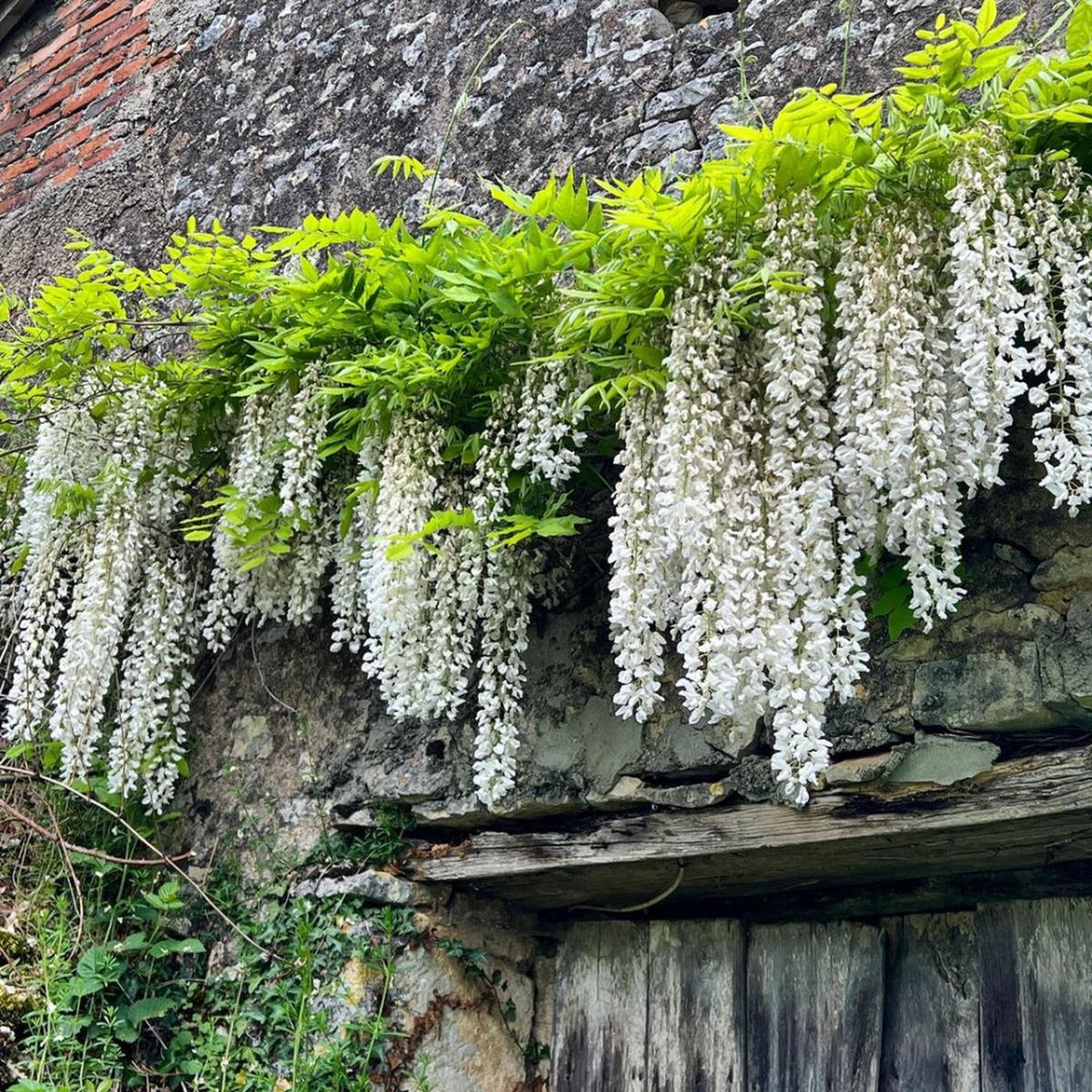
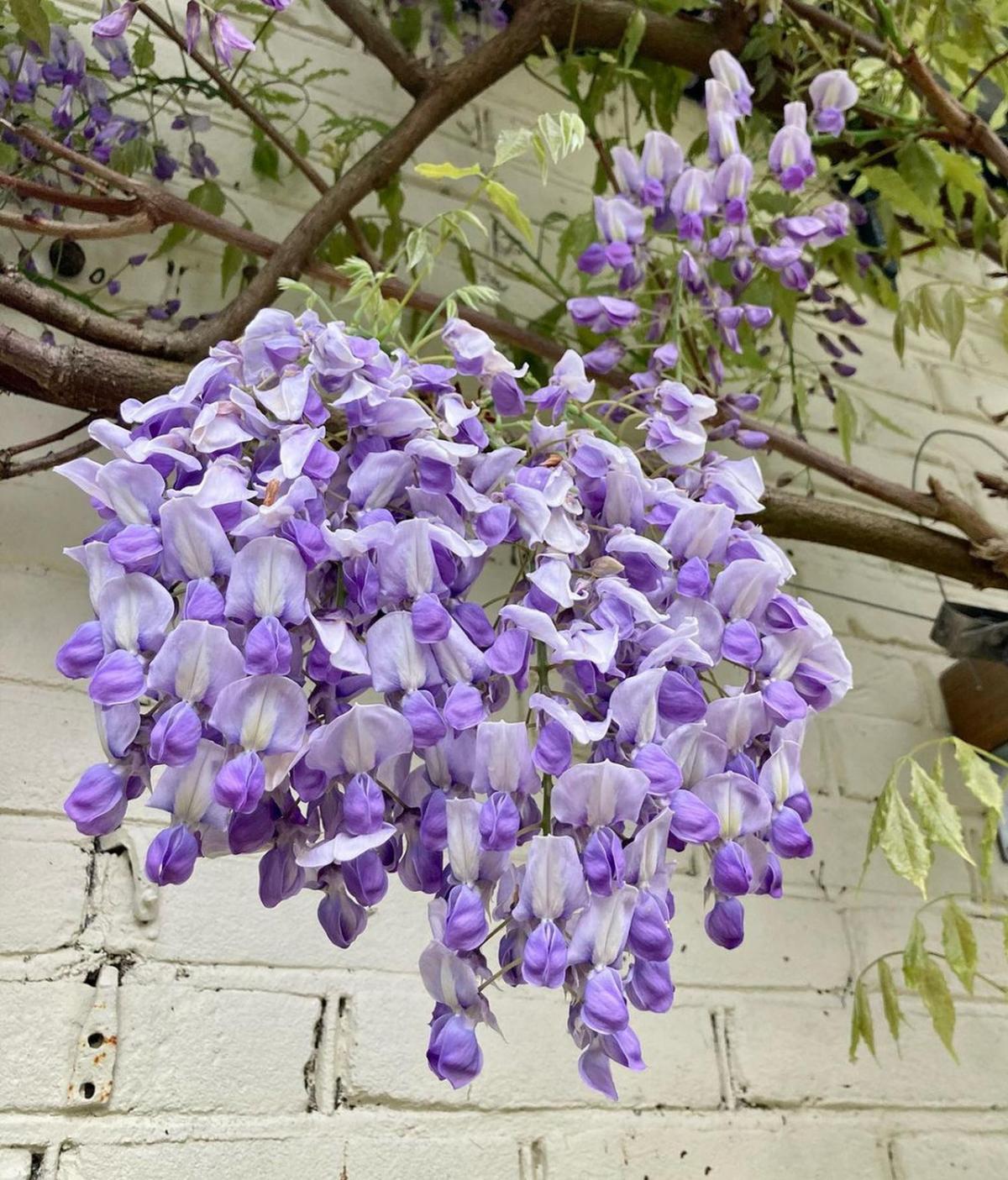
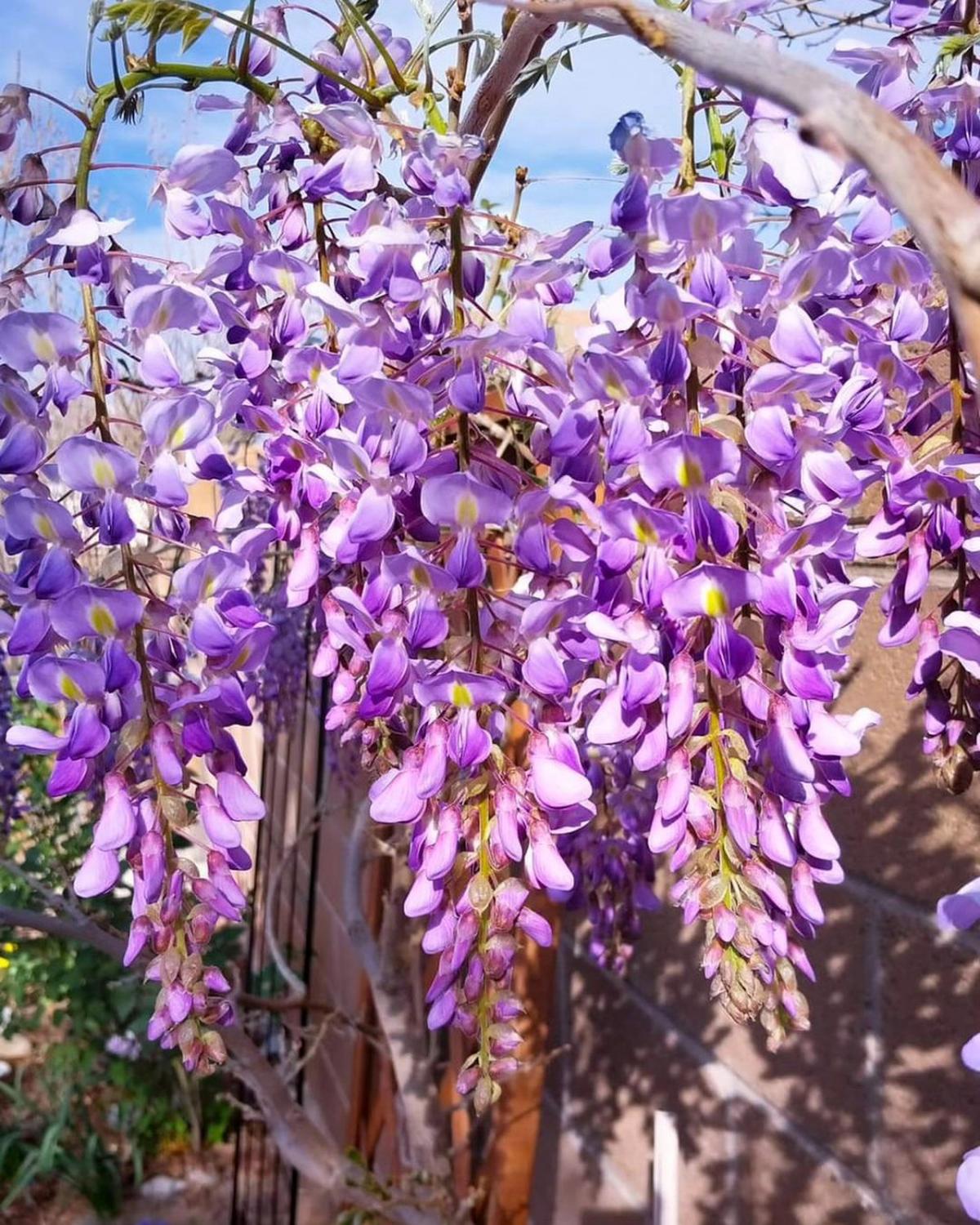


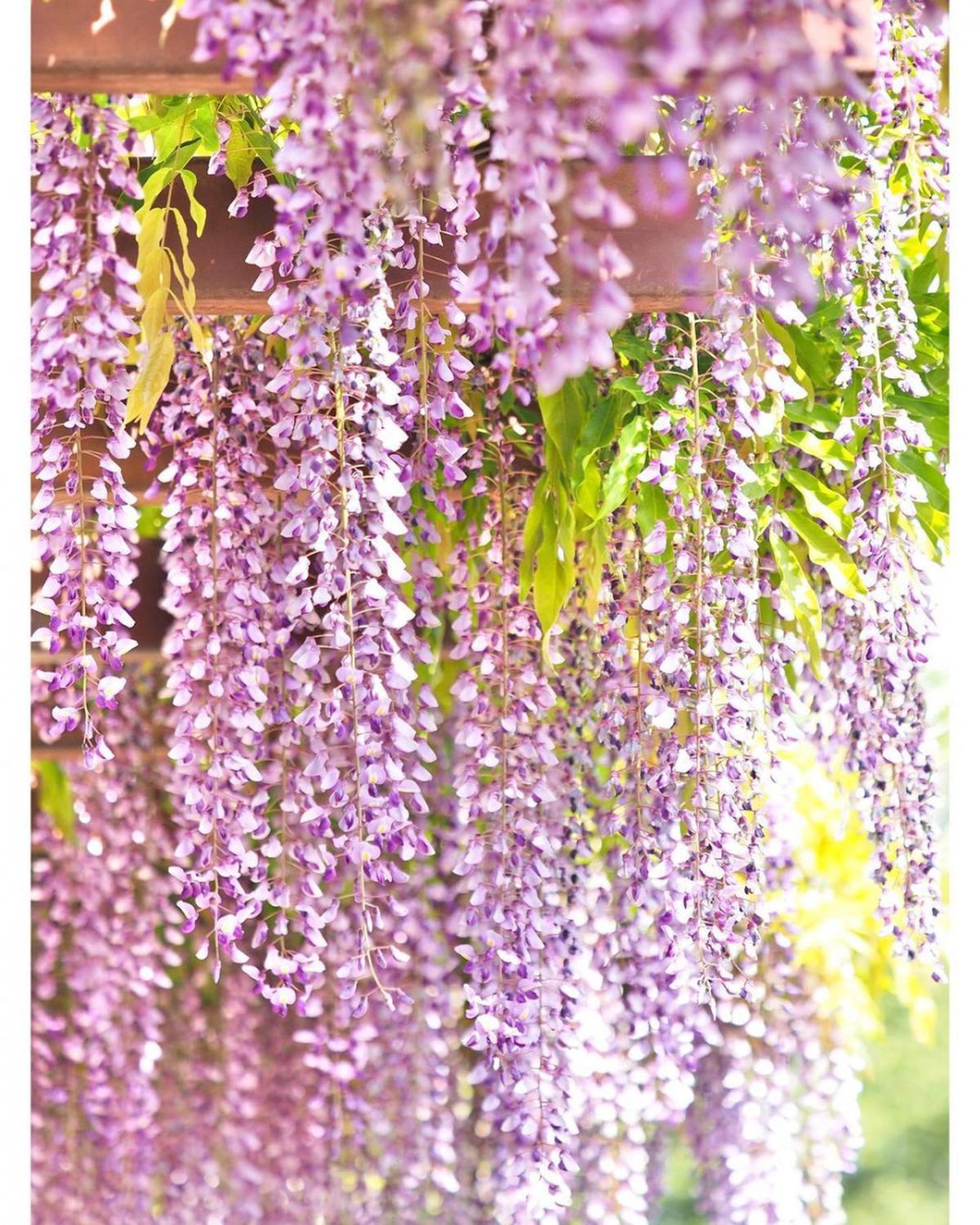
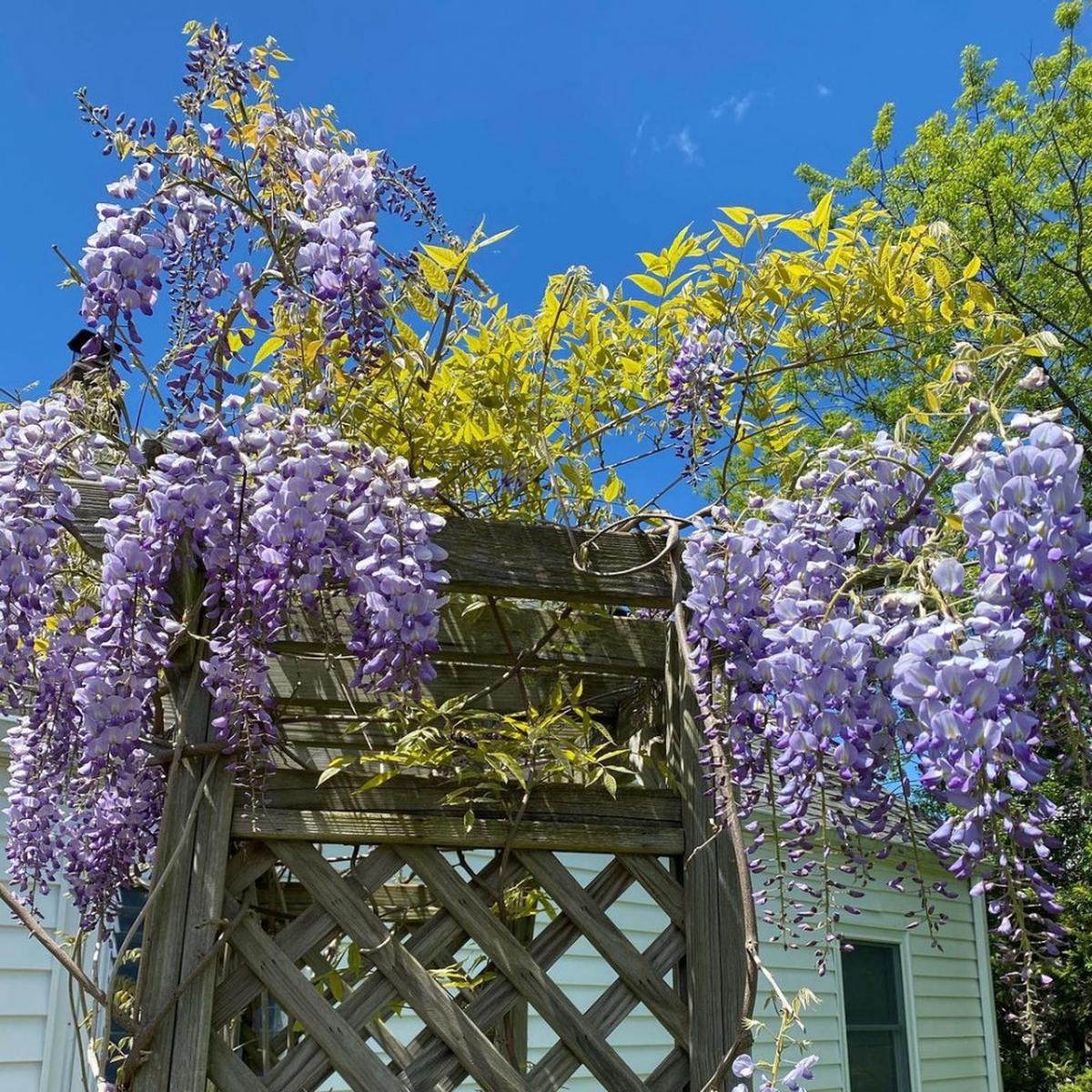
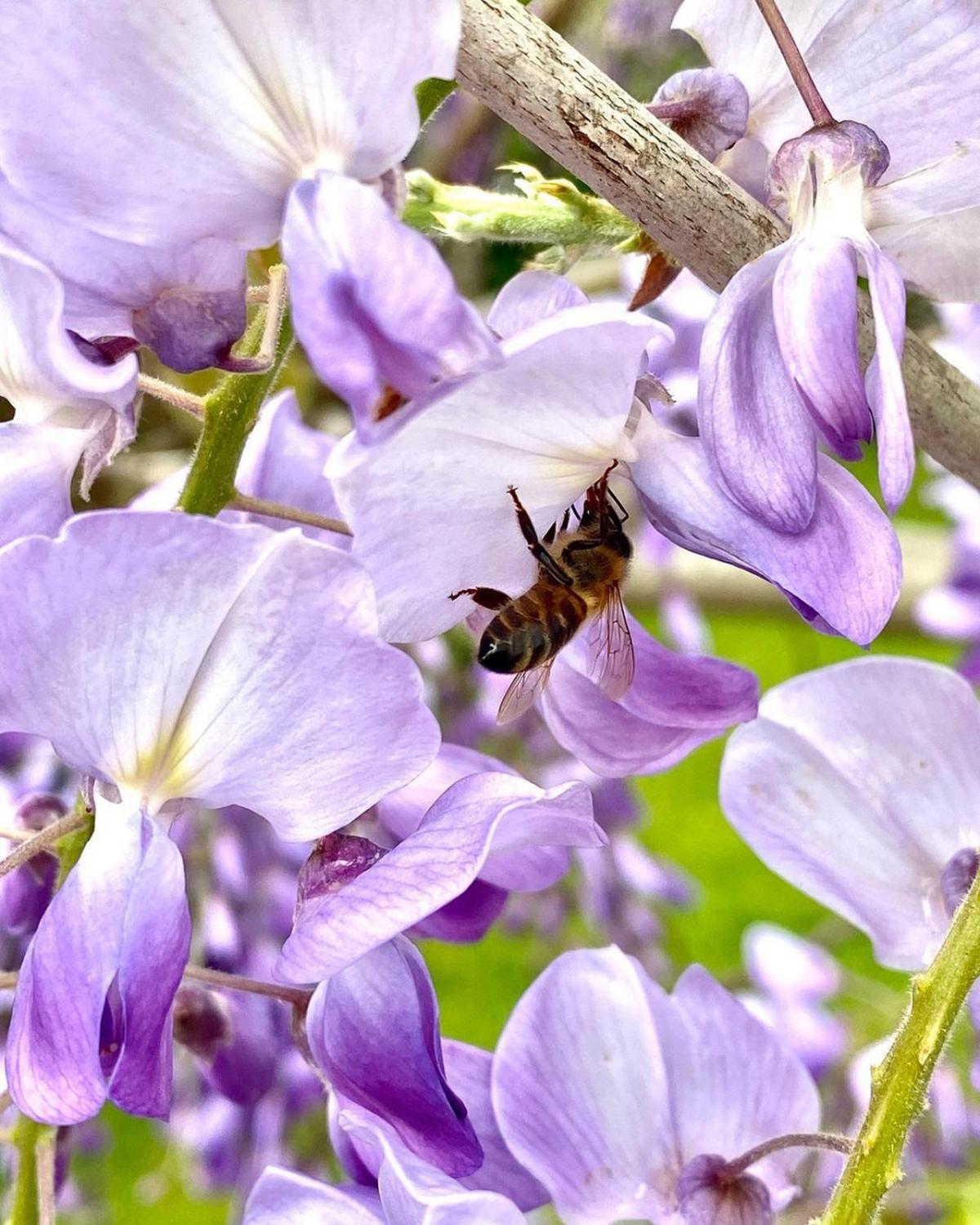
James Turner
Founder & Lead Designer
Expertise
Interior Design, Sustainable Design Practices, Spatial Planning, Innovative Material Applications, Contemporary Art Techniques, Visual Communication, Multimedia Artistry, DIY Design and Home Projects, Eco-Friendly Living Spaces, Creative Solutions
Education
University of Cincinnati College of Design, Architecture, Art, and Planning (DAAP)
Columbus College of Art & Design (CCAD), Columbus, OH
James Turner is the founder and lead designer at Velocity Art and Design. He studied Interior Design at the University of Cincinnati, focusing on eco-friendly design and smart use of space.
Later, he expanded his artistic skills with a Fine Arts Certificate from the Columbus College of Art & Design, where he learned about modern art and visual storytelling.
With over 10 years in design, James is passionate about making spaces that are both beautiful and practical. He shares his DIY tips and creative ideas to inspire others to explore their own creativity and transform their living spaces.